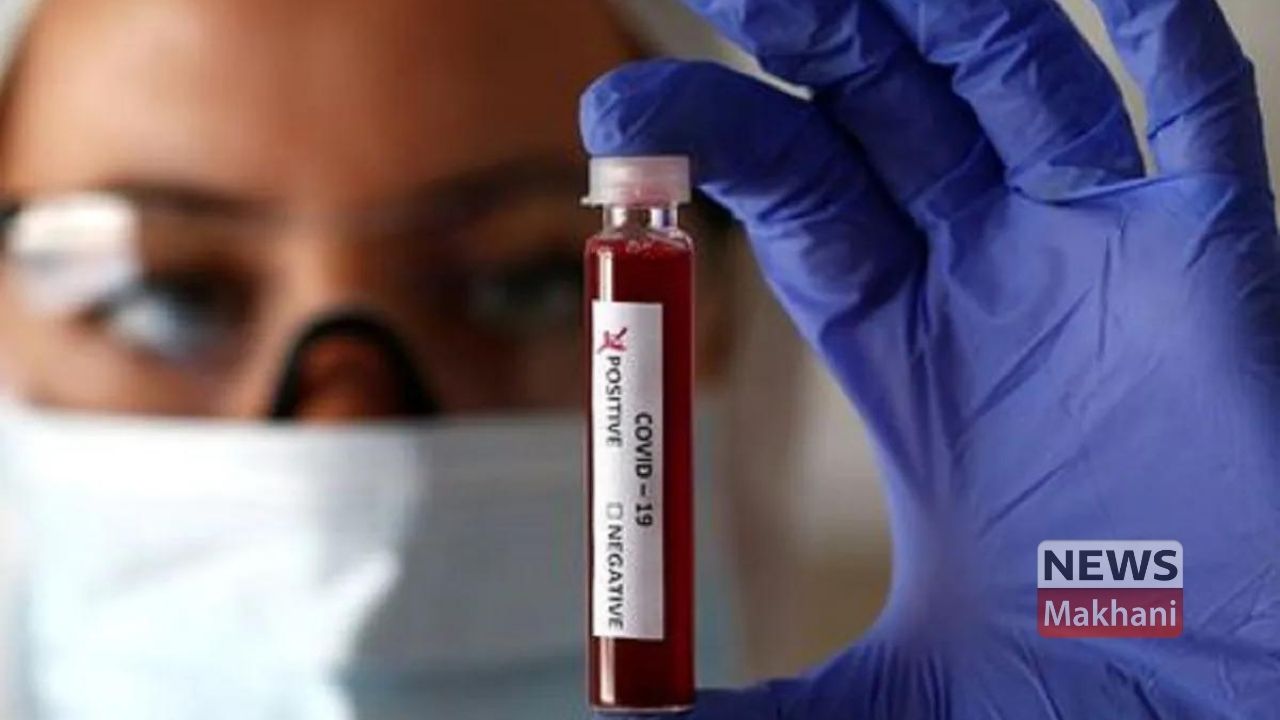Delhi 15 JUN 2021
There have been some media reports alleging low quantum of sequencing in the country and the significant lags between sample collection and sequence submission into the database for pattern detection and actionable alerts to governments.
It is clarified that a sampling strategy is based on the country’s objectives, scientific principles and WHO guidance documents. Accordingly, the strategy has been reviewed and revised as from time to time.
Evolution of WGS sampling strategy under INSACOG:
Indian SARS-CoV-2 Genetics Consortium (INSACOG) is a forum set up under the Ministry of Health and Family Welfare by the Government of India on 25 December 2020, to study and monitor genome sequencing and virus variation of circulating strains of COVID-19 in India.
In the initial phase, the sampling was done with the objective of
A. Identifying International Travelers who could be carrying the variant strains
B. To find out if the variant(s) are already present in the population
Accordingly, a 2-pronged strategy was adopted:
1. International passengers arriving from selected countries and their contacts were
targeted for WGS
2. Community based sampling of 5% of the RTPCR positive cases from each of the States.
It is important to note that the 5% norm was selected based on the then daily new case load (Approx. 10,000 – 15,000 per day) and the sequencing capacity of the RGSLs at that time. Both the objectives were met when it was conclusively established that International passengers were carrying the variants and the transmission of these had also been established in the community (UK variant) in a few States.
Subsequently, in line with global sequencing strategy and WHO guidance document, the sampling strategy has been revised by INSACOG with the objective:
- To detect emerging genomic variants / mutations by prospective sampling
- To detect the VOCs/genomic variants in special / unusual events like large clusters, unusual clinical presentation, vaccine breakthrough, suspected reinfections etc.
Accordingly, a strategy has been adopted in view of the increase in the number of new COVID-19 cases, existing capacity of RGSLs and timely detection of Variants of Concerns (VOCs) including other genomic variants being detected in the Country and elsewhere. Strategy was revised on 12th April to “Sentinel Surveillance”. This was also endorsed by WHO which had issued similar guidance.
Under the present Sentinel surveillance strategy:
1. States have identified 5 laboratories and 5 tertiary care hospitals each as sentinel sites for
sending samples to designated RGSLs.
2. Each of the sentinel sites is sending 15 samples routinely for WGS to the designated
laboratories.
In addition to the sentinel surveillance, an additional event-based surveillance for special / unusual events like large clusters, unusual clinical presentation, vaccine breakthrough, suspected reinfections etc to detect, investigate and respond to these was also approved. The details of the epidemiological investigations, study methodology, number of samples to be collected for WGS etc would depend on the situation / event.
As far as the turnaround time is concerned, INSACOG sequencing has helped in detection of VOCs in real time and this was also shared with the relevant States. The present turnaround time for VOCs is only 10 to 15 days. However, it is pertinent to mention that the effect of known VOCs on disease transmission and severity are already established, but for new mutations/variants under investigations; for correlation of genomic mutations with epidemiological scenarios / clinical perspective, it is important to monitor the epidemiological trends of cases / clinical severity and proportions of samples with genomic variants over few weeks to generate scientifically valid evidence.
Regarding enhancing the number and capacity of existing genome sequencing labs, it is informed that in addition to existing 10 labs, 18 other labs have also been approved for incorporation in the INSACOG network.

 हिंदी
हिंदी






